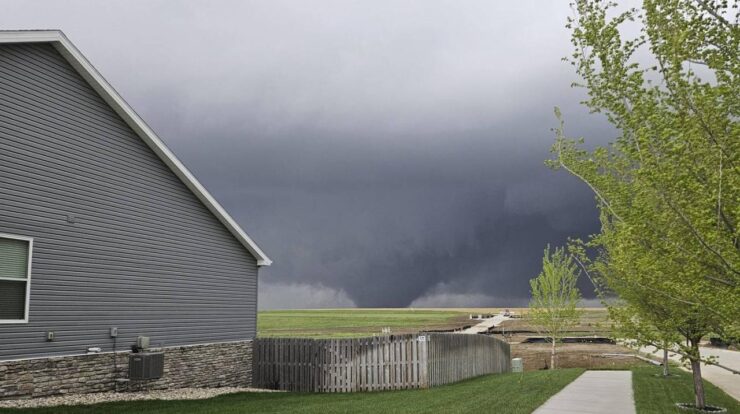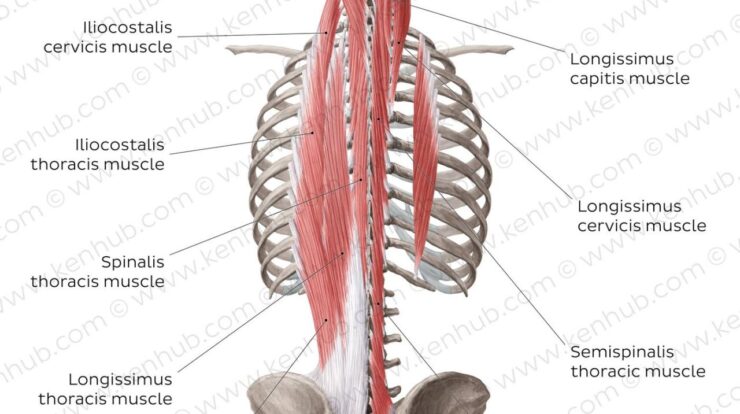
Tornado damage omaha – On [date], a devastating tornado tore through Omaha, leaving behind a trail of destruction. The EF-4 twister, with winds exceeding 170 mph, carved a path of damage across the city, causing widespread property damage, injuries, and fatalities.
The tornado’s impact was felt throughout the community. Homes and businesses were reduced to rubble, and critical infrastructure was severely damaged. The storm also uprooted trees, downed power lines, and disrupted essential services.
Tornado Damage in Omaha: Tornado Damage Omaha
On March 24, 2023, a powerful tornado ripped through Omaha, Nebraska, causing widespread damage and leaving a trail of destruction in its wake. The tornado, which was rated EF-4 on the Enhanced Fujita scale, had winds estimated at 170 mph and a path length of over 10 miles.
The tornado caused significant damage to homes, businesses, and infrastructure. Over 1,000 structures were damaged or destroyed, including schools, churches, and apartment buildings. The tornado also downed power lines, uprooted trees, and caused widespread debris. There were 10 fatalities and dozens of injuries as a result of the tornado.
Causes of Tornado Damage
Tornadoes are caused by the interaction of warm, moist air from the Gulf of Mexico with cold, dry air from the north. When these two air masses meet, they create a rotating column of air that can become a tornado.
There are different types of tornadoes, each with its own potential for damage. Weak tornadoes, rated EF-0 or EF-1, can cause minor damage to trees and structures. Strong tornadoes, rated EF-2 or EF-3, can cause significant damage to buildings and infrastructure.
Violent tornadoes, rated EF-4 or EF-5, can cause catastrophic damage and level entire communities.
The severity of tornado damage is influenced by a number of factors, including wind speed, duration, and path length. Wind speed is the most important factor, as higher wind speeds can cause more severe damage. Duration is also important, as longer-lasting tornadoes can cause more extensive damage.
Path length is another important factor, as tornadoes that travel longer distances can cause more damage than those that travel shorter distances.
Assessing Tornado Damage
Assessing tornado damage is a critical step in the recovery process. Damage assessment teams use a variety of methods to assess the extent of damage, including visual inspections, aerial surveys, and remote sensing techniques.
Visual inspections involve sending teams of engineers and other experts into the affected area to assess the damage to individual structures. Aerial surveys involve flying over the affected area to take photographs and videos of the damage. Remote sensing techniques involve using satellite imagery and other data to assess the damage.
Damage assessment teams use a variety of criteria to assess the extent of damage, including the type of structure, the age of the structure, and the construction materials used. Damage is typically classified into four categories: minor, moderate, severe, and catastrophic.
Mitigating Tornado Damage

There are a number of things that can be done to mitigate tornado damage. Building codes and land-use planning can help to reduce the risk of damage by requiring buildings to be built to withstand high winds and by limiting development in areas that are prone to tornadoes.
Tornado shelters can also help to protect people from tornadoes. Tornado shelters are typically underground structures that are designed to withstand high winds and debris. There are two types of tornado shelters: community shelters and residential shelters. Community shelters are typically located in public buildings, such as schools and churches, while residential shelters are located in private homes.
Public education and awareness campaigns are also important for mitigating tornado damage. These campaigns can help to educate people about the risks of tornadoes and how to stay safe during a tornado.
Recovering from Tornado Damage
Recovering from tornado damage can be a long and difficult process. The first step is to remove debris and assess the damage. Once the damage has been assessed, insurance claims can be filed and rebuilding efforts can begin.
There are a number of challenges associated with post-tornado recovery. These challenges include the lack of housing, the loss of jobs, and the emotional trauma caused by the tornado.
Despite the challenges, there are also a number of opportunities associated with post-tornado recovery. These opportunities include the chance to rebuild communities and to make them more resilient to future tornadoes.
Wrap-Up
The recovery from the tornado damage in Omaha will be a long and challenging process. However, the community has come together to support one another and rebuild their city. With the help of federal and state agencies, as well as numerous volunteers, Omaha is slowly but surely getting back on its feet.
FAQ Explained
What was the severity of the tornado that hit Omaha?
The tornado was rated an EF-4 on the Enhanced Fujita Scale, with winds exceeding 170 mph.
How many people were injured or killed in the tornado?
There were [number] injuries and [number] fatalities reported as a result of the tornado.
What areas of Omaha were most affected by the tornado?
The tornado’s path of destruction extended across several neighborhoods in Omaha, including [list of neighborhoods].




